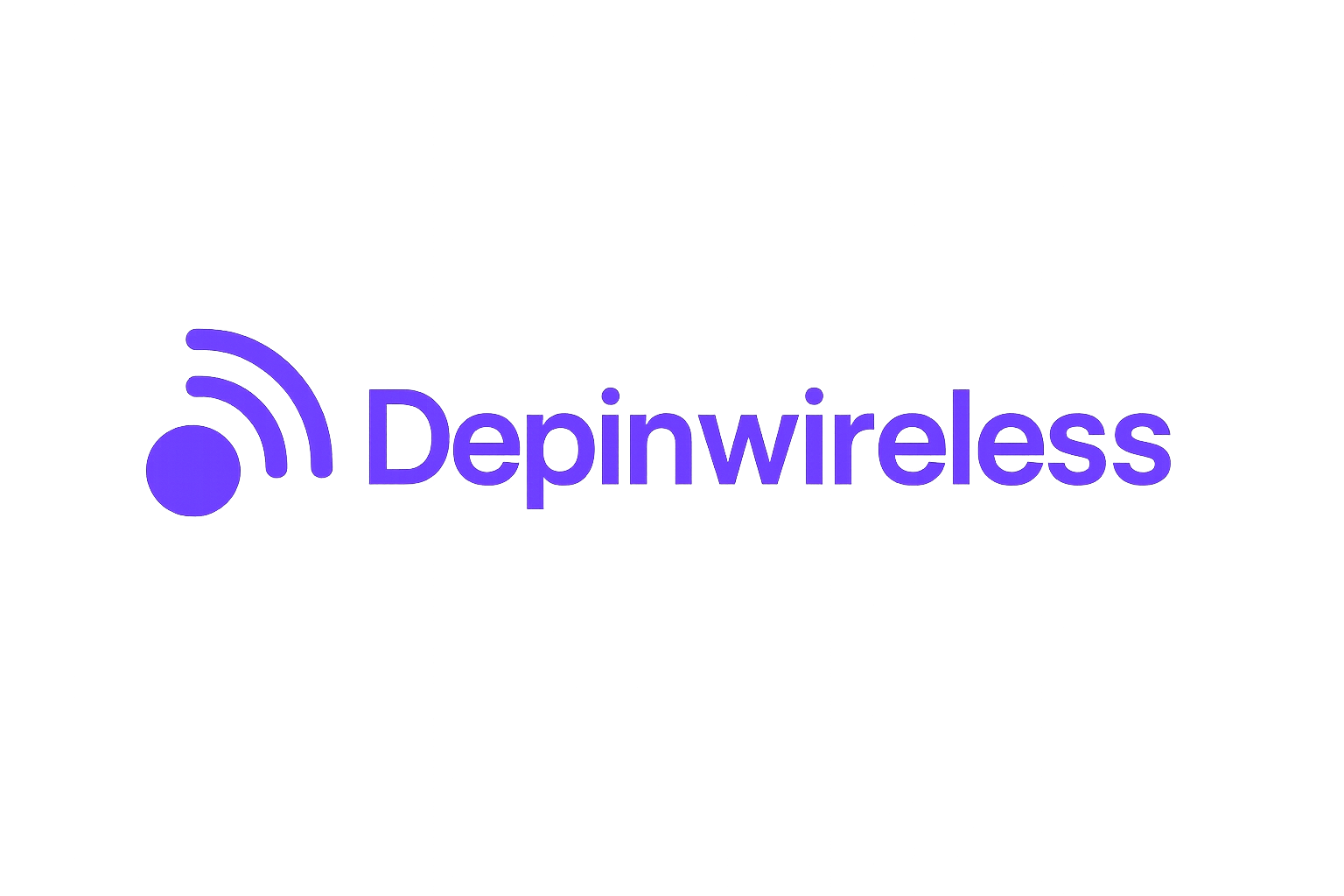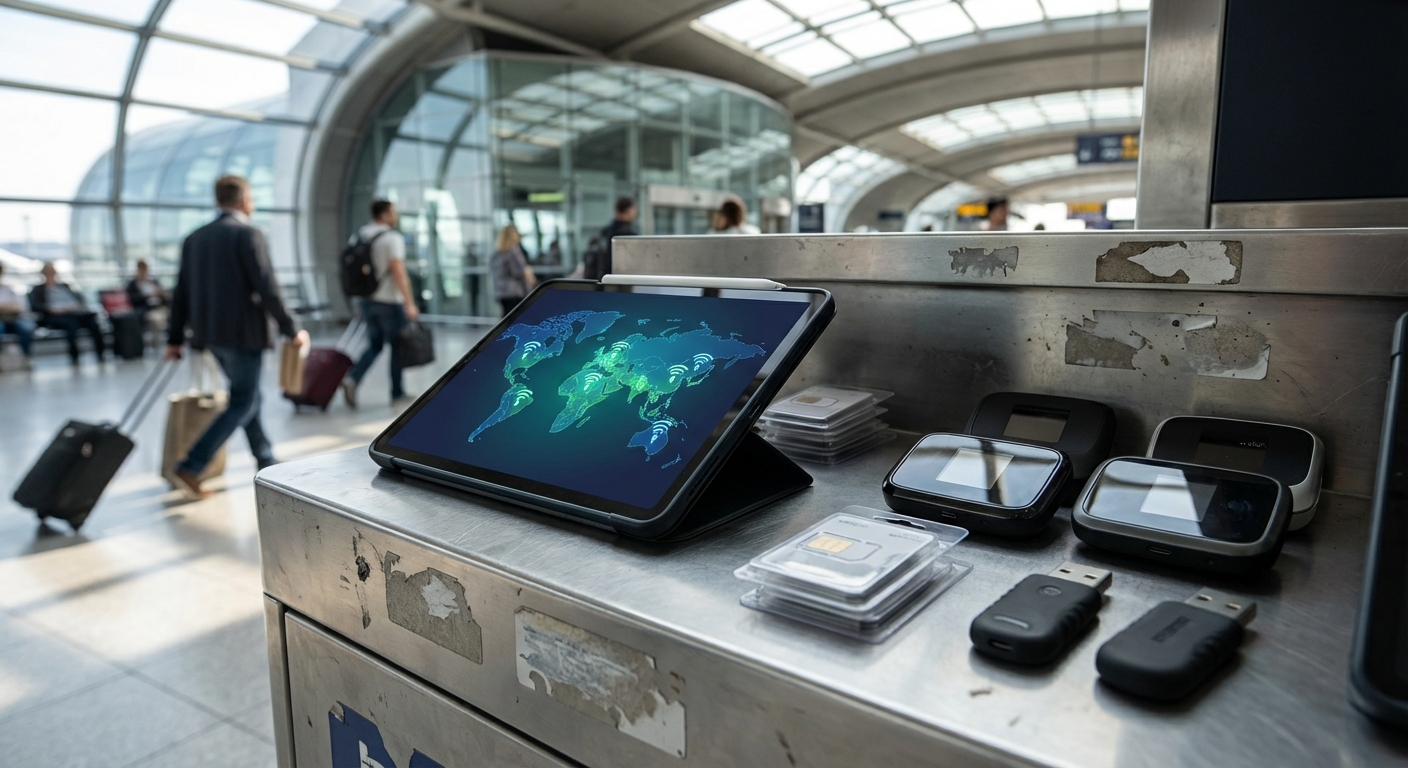
Airports are the crossroads of the modern world, where seamless connectivity is more than a convenience – it’s a necessity. In 2025, a paradigm shift is underway as airports embrace decentralized wireless solutions to meet surging data demands and unlock new revenue streams. Enter the Helium Network, a blockchain-powered platform that’s rapidly redefining how airports deliver coverage, monetize infrastructure, and partner with global telecom giants.
Why Airports Are the Perfect Fit for Helium Deployments
High-traffic venues like airports face constant pressure to deliver reliable WiFi and mobile service. With thousands of travelers, staff, and IoT devices vying for bandwidth, legacy networks are buckling under the strain. The Helium Network solves this by leveraging decentralized Mobile Hotspots, enabling airports to provide secure, fast coverage while offloading massive volumes of carrier data.
Key Benefits of Helium Network Deployment at Airports
-
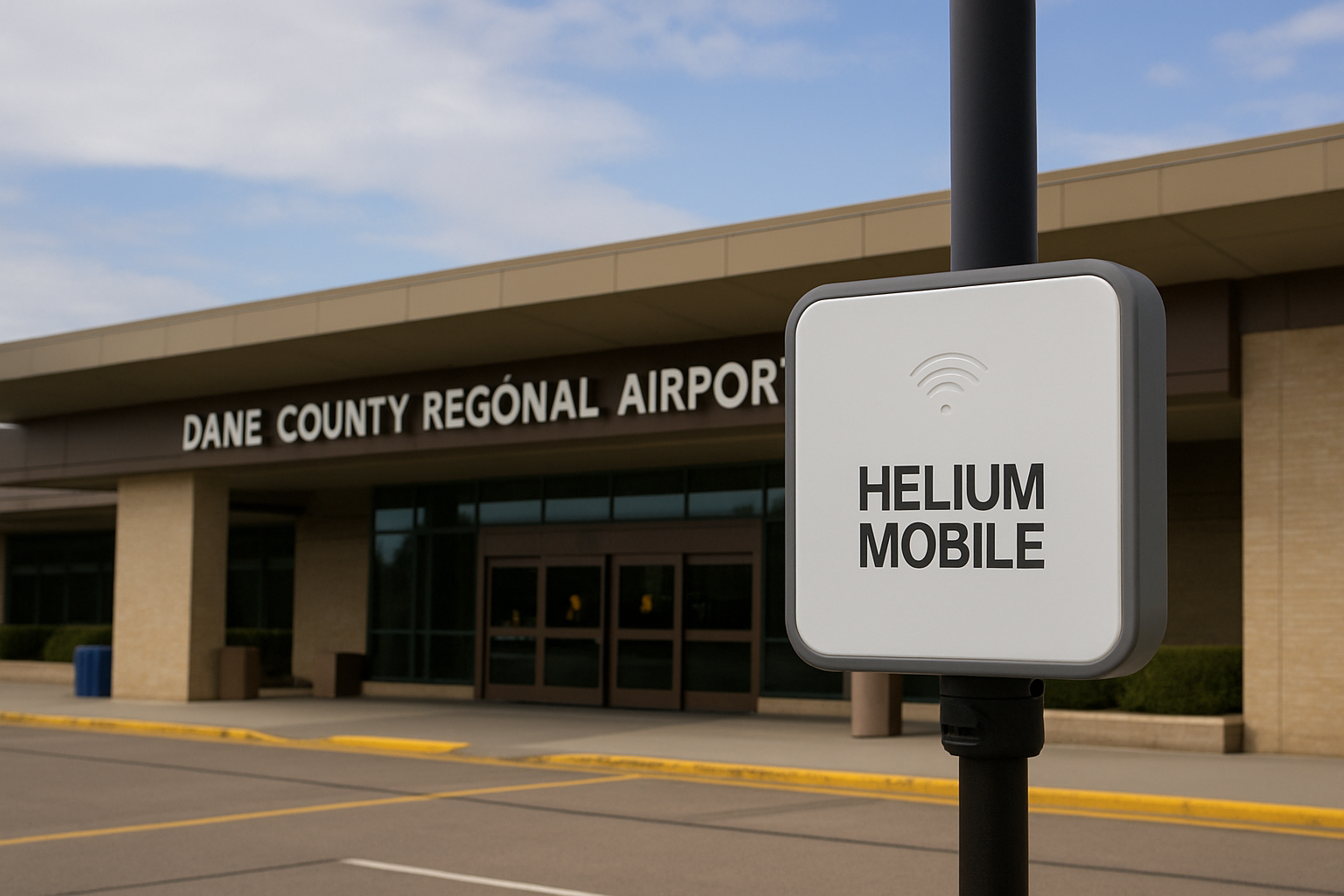
Seamless, Secure Connectivity for Travelers: Airports like Dane County Regional Airport in Madison, WI, now offer fast, reliable mobile service via Helium Mobile Hotspots, eliminating the need for public Wi-Fi sign-ins and reducing reliance on unsecured networks.
-
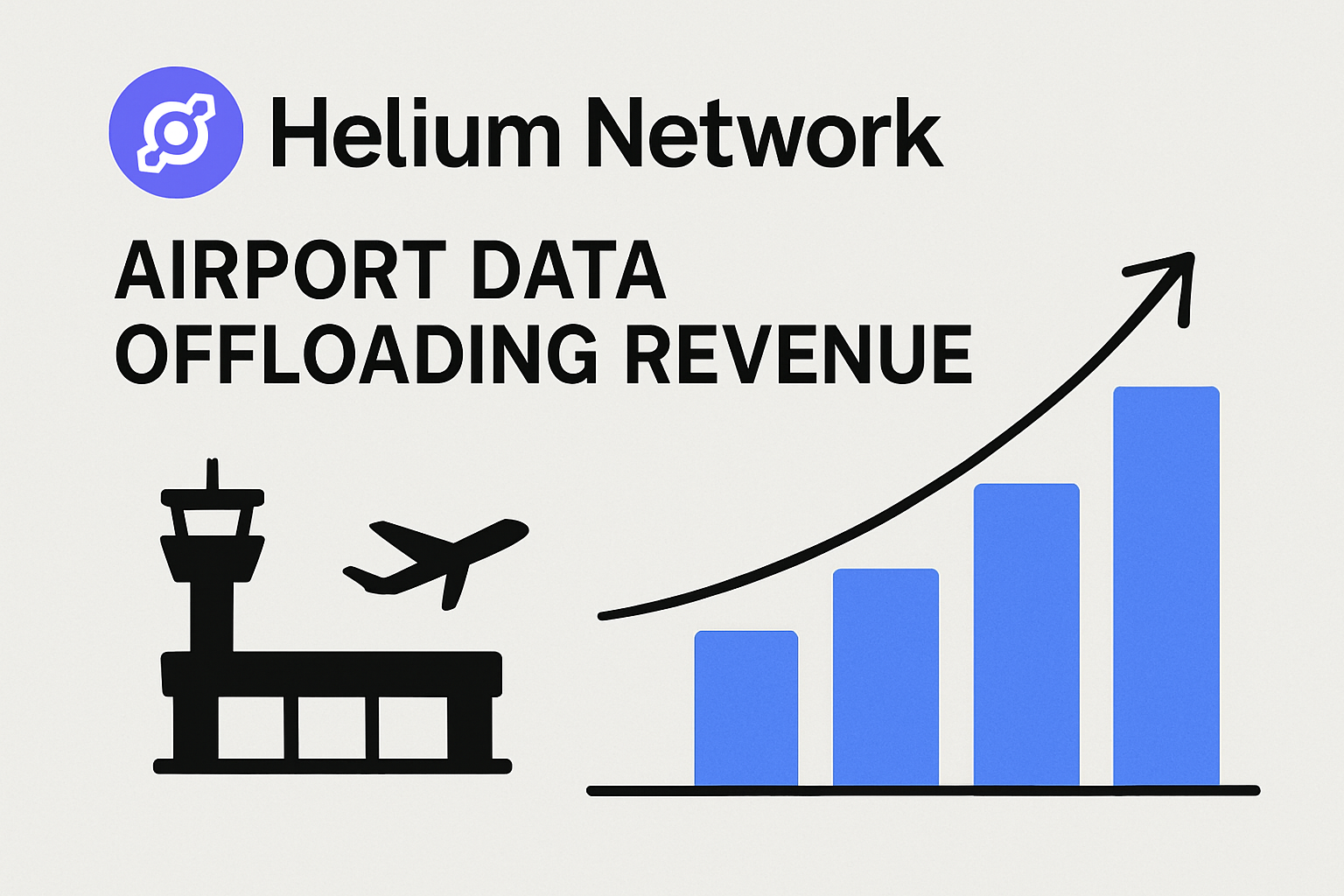
New Revenue Streams Through Data Offloading: Airports earn income as mobile carriers compensate them for offloading data onto the Helium Network. In June 2025, over $300,000 was paid out to hotspot hosts for carrier offload data, with rewards growing 20% month-on-month.
-
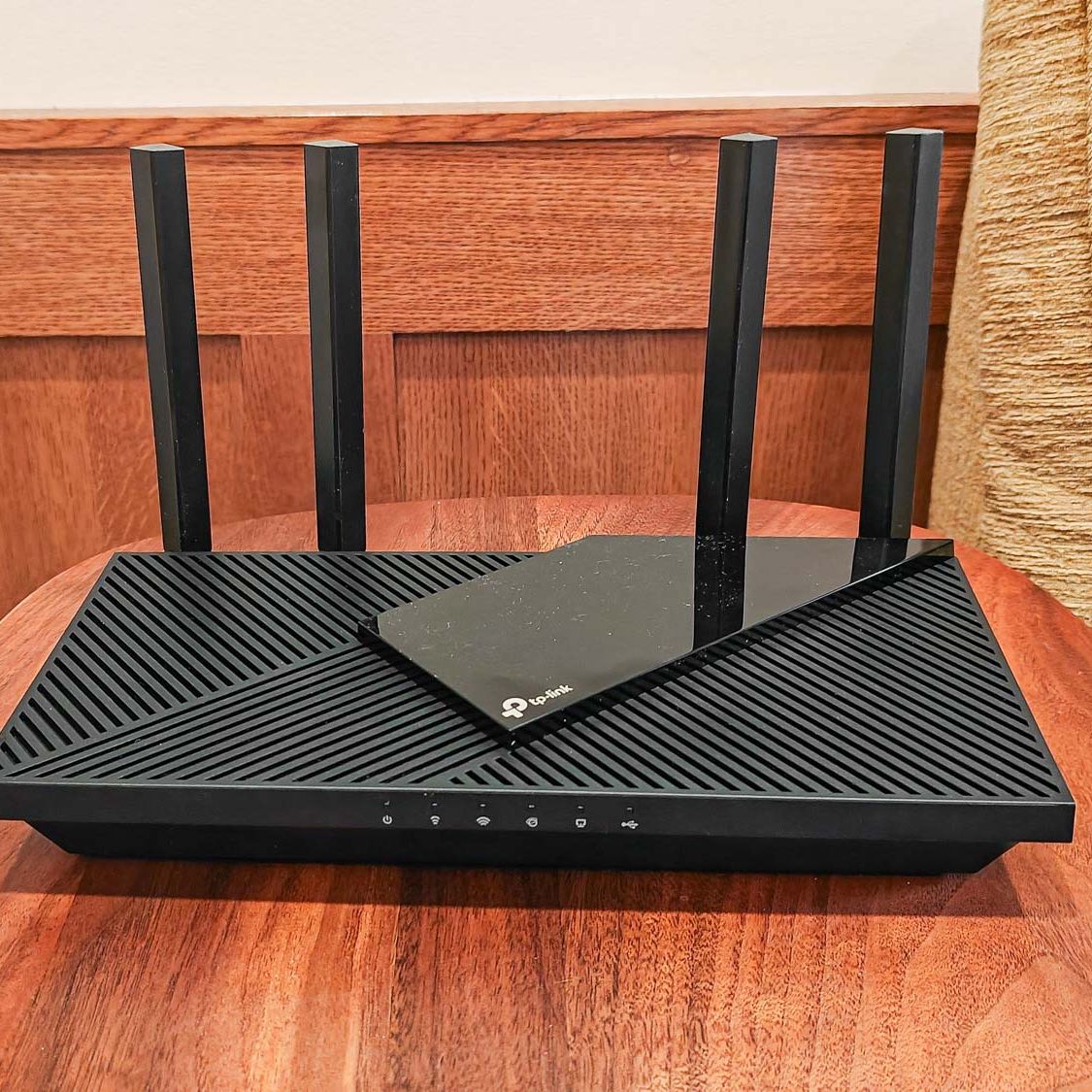
Easy Integration with Existing Infrastructure: The Helium Plus service enables airports to join the network through a simple software upgrade to existing Wi-Fi routers, minimizing costs and technical hurdles.
-

Enhanced Coverage via Major Carrier Partnerships: Collaborations with AT&T and Movistar let millions of subscribers access Helium-powered Wi-Fi at airports, ensuring broader, more reliable service for travelers.
-

Improved Operational Efficiency and Safety: Reliable Helium connectivity supports airport operations, from seamless app and QR code usage to robust emergency communications, enhancing both staff productivity and passenger safety.
Take Madison’s Dane County Regional Airport as a case study: in August 2025, it rolled out Helium Mobile Hotspots facility-wide. The result? Passengers enjoy instant access to high-speed WiFi without tedious sign-ins or security risks. Staff can rely on uninterrupted communications in emergencies. Business operations become frictionless as apps and QR codes work flawlessly throughout the terminal.

Carrier Offload WiFi: Turning Connectivity into Cash
The magic behind Helium’s airport deployments isn’t just better signal bars – it’s carrier offloading. When mobile users connect through Helium-powered WiFi instead of congested cellular towers, major carriers like AT and T pay airports (and other Hotspot hosts) for every gigabyte offloaded from their own networks. This transforms wireless infrastructure from a cost center into a revenue engine.
The numbers speak volumes: in June 2025 alone, Helium Network paid out over $300,000 to Hotspot hosts for carrier offload data – a 20% increase month-over-month (source). Some individual airport hosts have processed hundreds of gigabytes per month in rewardable traffic (source). With Helium Mobile paying a fixed $0.50/GB for rewardable data offloaded over its network (source), the financial upside is clear.
Simplified Integration with Helium Plus
For airports already operating robust WiFi systems, onboarding to the Helium Network has never been easier. The launch of Helium Plus in July 2025 allows existing providers to join via a simple software upgrade – no costly hardware swaps required (source). This plug-and-play approach slashes deployment costs while opening up new income streams from carrier partnerships and user traffic.
How Airports Can Upgrade WiFi Routers with Helium Plus
-
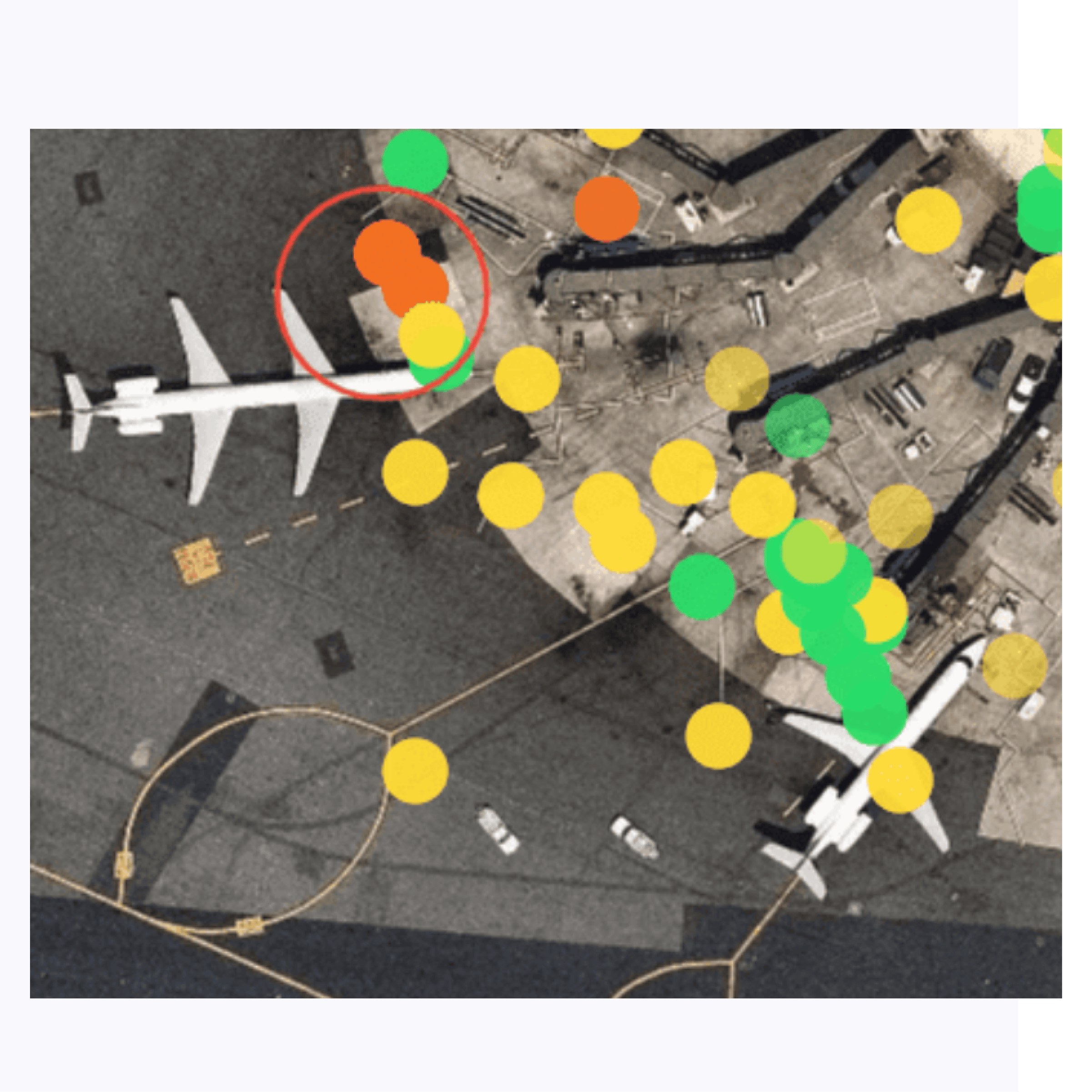
Assess Current WiFi InfrastructureBegin by auditing your existing WiFi routers and network coverage areas. Identify high-traffic zones—such as gates, lounges, and baggage claims—where carrier offloading would have the greatest impact.
-
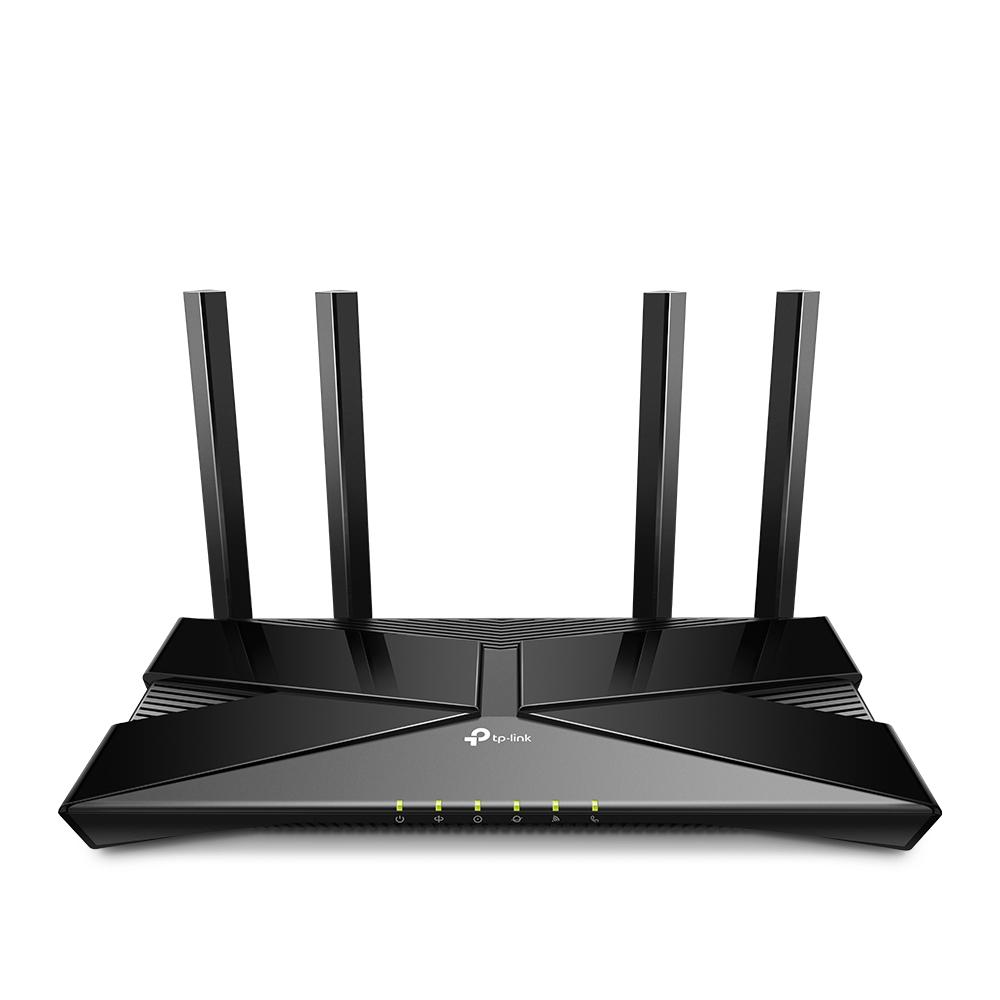
Verify Router Compatibility with Helium PlusCheck if your current routers are compatible with Helium Plus software. Most modern enterprise WiFi routers from brands like Cisco, Aruba, and Ubiquiti support software upgrades for Helium integration.
-
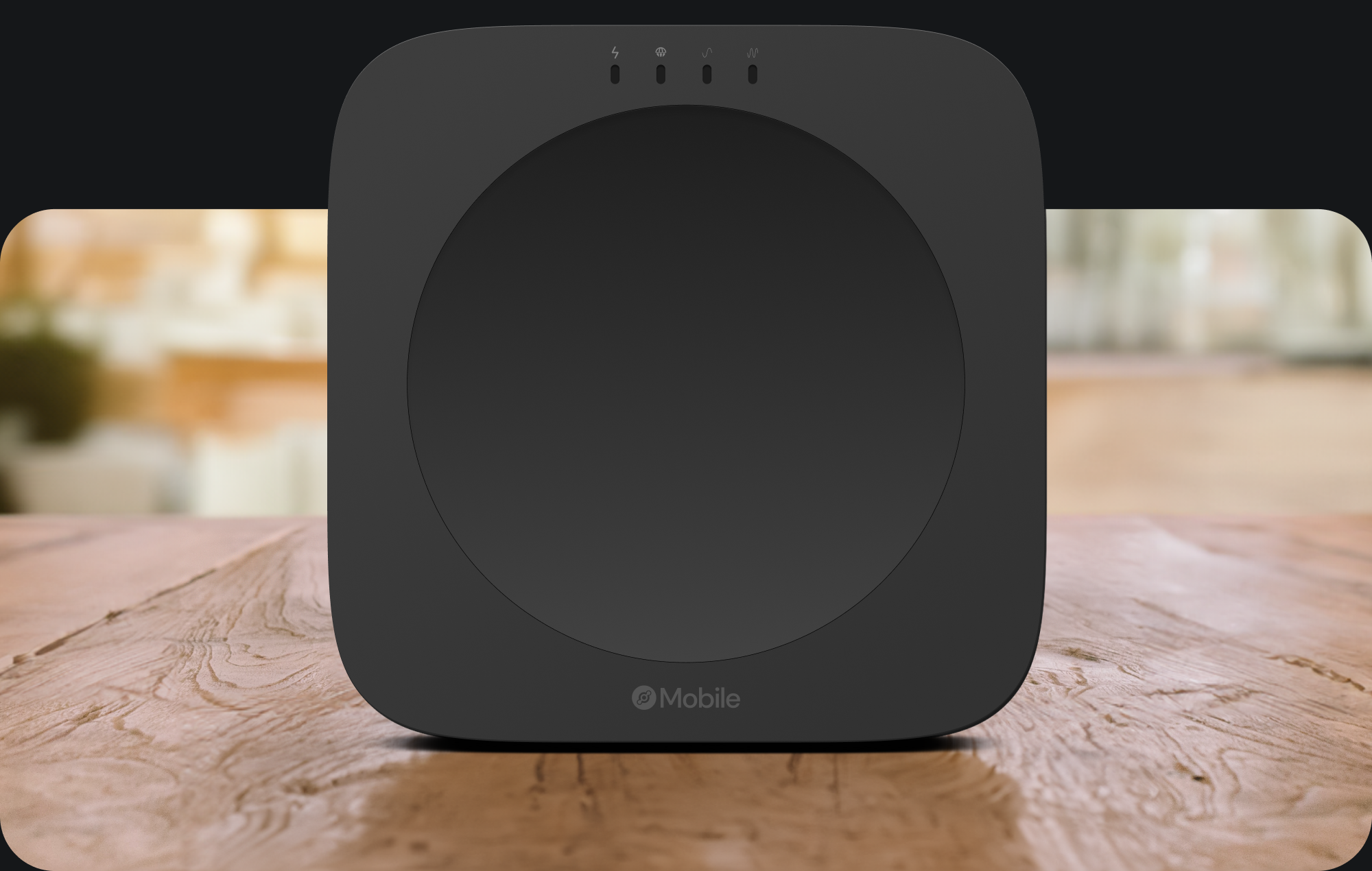
Enroll in the Helium Plus ProgramRegister your airport with the Helium Plus program. This step provides access to the Carrier Toolkit, including the Carrier Dashboard and Offload Manager, for monitoring performance and rewards.
-

Deploy the Helium Plus Software UpgradeWork with your IT team or managed service provider to install the Helium Plus software on compatible routers. This upgrade enables seamless data offloading to the Helium Network without new hardware.
-
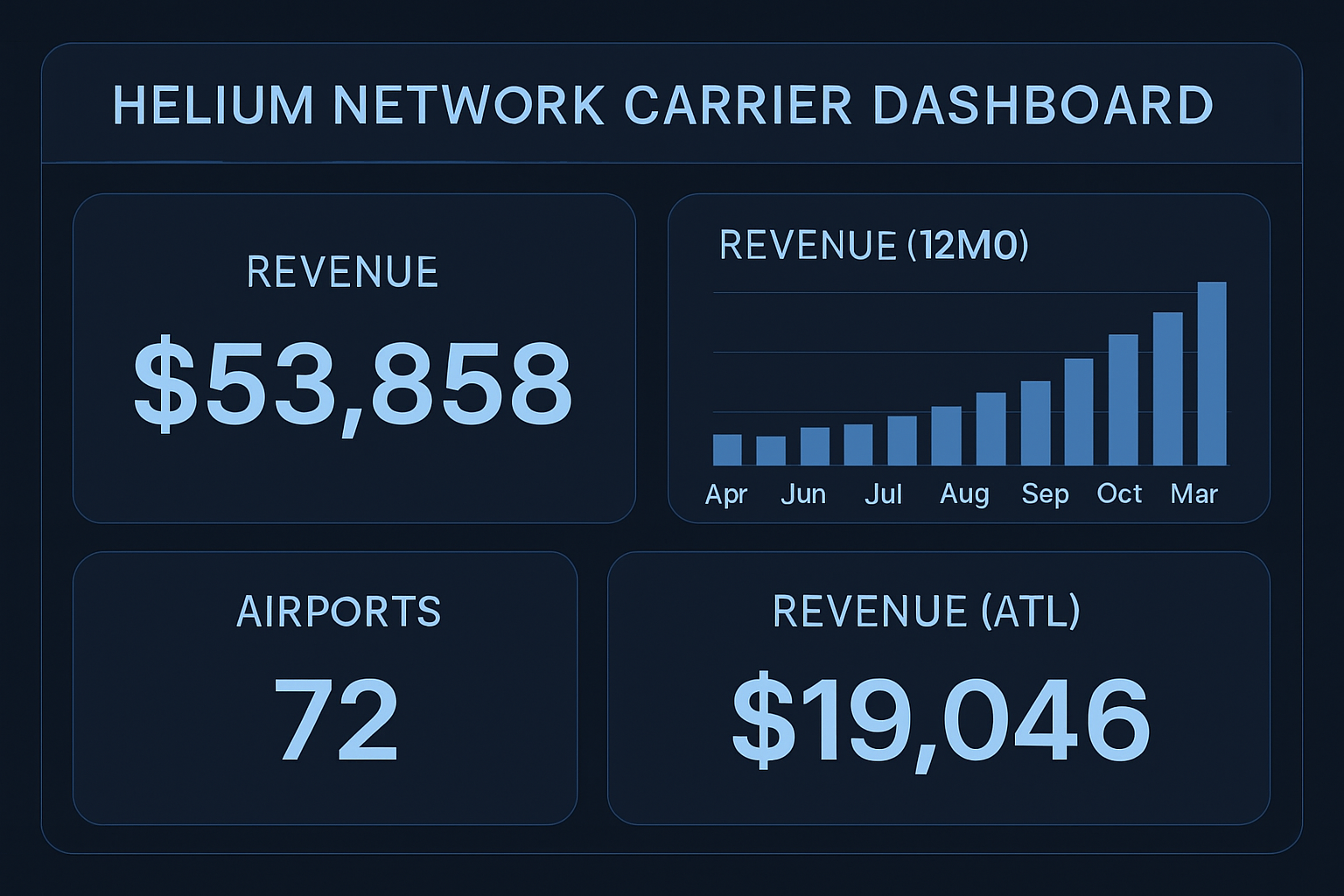
Monitor Data Offloading and RevenueUse the Carrier Dashboard to track data offloading volumes and revenue earned (e.g., Helium Mobile pays $0.50/GB offloaded). Analyze trends and optimize hotspot placements to maximize both connectivity and income.
-
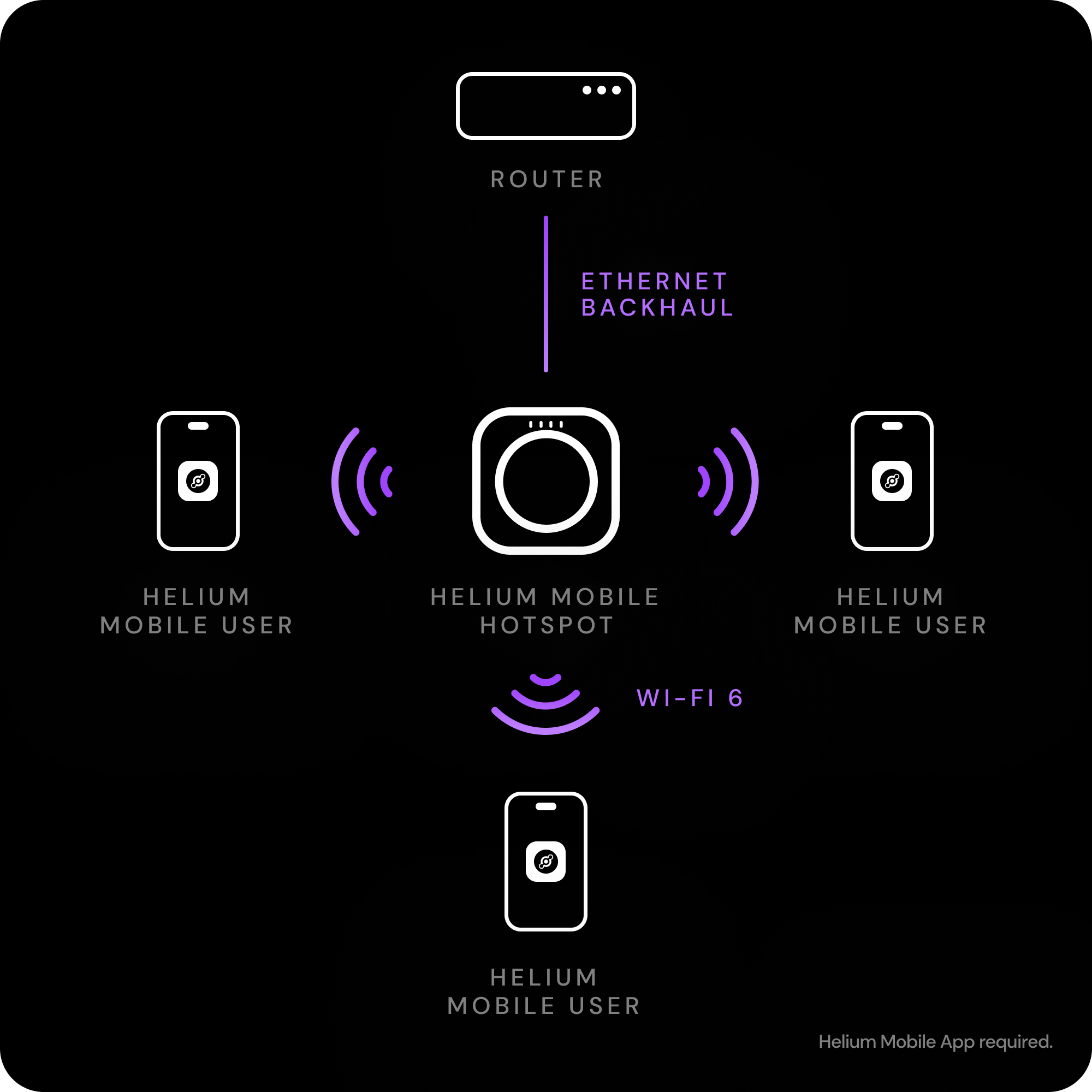
Promote Enhanced Connectivity to PassengersHighlight your airport’s improved WiFi experience in signage, announcements, and digital channels. Emphasize the secure, fast, and seamless mobile service now available thanks to Helium Plus integration.
Major Carrier Partnerships Expand Airport Coverage
The surge in Helium Mobile Hotspot airport deployments is fueled by strategic collaborations with telecom titans like AT and T and Movistar. In April 2025, AT and T enabled its subscribers to roam seamlessly onto the Helium WiFi network across US venues (source). Movistar followed suit in Mexico for its 2.3 million users (source). These integrations validate the scalability and reliability of decentralized wireless at global scale.
With these partnerships in play, airports are no longer isolated connectivity islands. Instead, they become integral nodes in a global mesh, offering 5G airport coverage that rivals – and often outperforms – traditional telecom deployments. For travelers, this means faster downloads, smoother streaming, and the ability to stay connected across borders without switching SIM cards or racking up roaming charges.
Data Offloading: The New Airport Revenue Stream
The business case for Helium airport deployment is only getting stronger. According to Q2 2025 data, the Helium Network saw a staggering 138.5% surge in data offloading compared to the previous quarter, with over 2,721 TB of carrier traffic rerouted through community-powered Hotspots (source). This exponential growth is mirrored by a 53% jump in Mobile Hotspot installations at high-traffic venues like airports.
For airport operators and WiFi providers, every gigabyte offloaded isn’t just bandwidth saved for carriers – it’s tangible income. With Helium Mobile paying $0.50/GB for rewardable data and HNT currently trading at $2.55, hosts can rapidly recoup their investment while supporting a more resilient wireless ecosystem.
Operational Simplicity Meets Security
Helium’s decentralized architecture doesn’t just boost revenue; it also enhances network security and operational flexibility. Since each Hotspot operates independently yet contributes to a unified network, there’s no single point of failure – a critical advantage for airports where uptime is non-negotiable.
The Carrier Toolkit introduced in 2025 further streamlines management by giving airport IT teams real-time dashboards, coverage analytics, and automated offload reporting (source). This empowers operators to optimize placement and performance without guesswork.
How Helium’s Carrier Toolkit Empowers Airport IT Teams
-
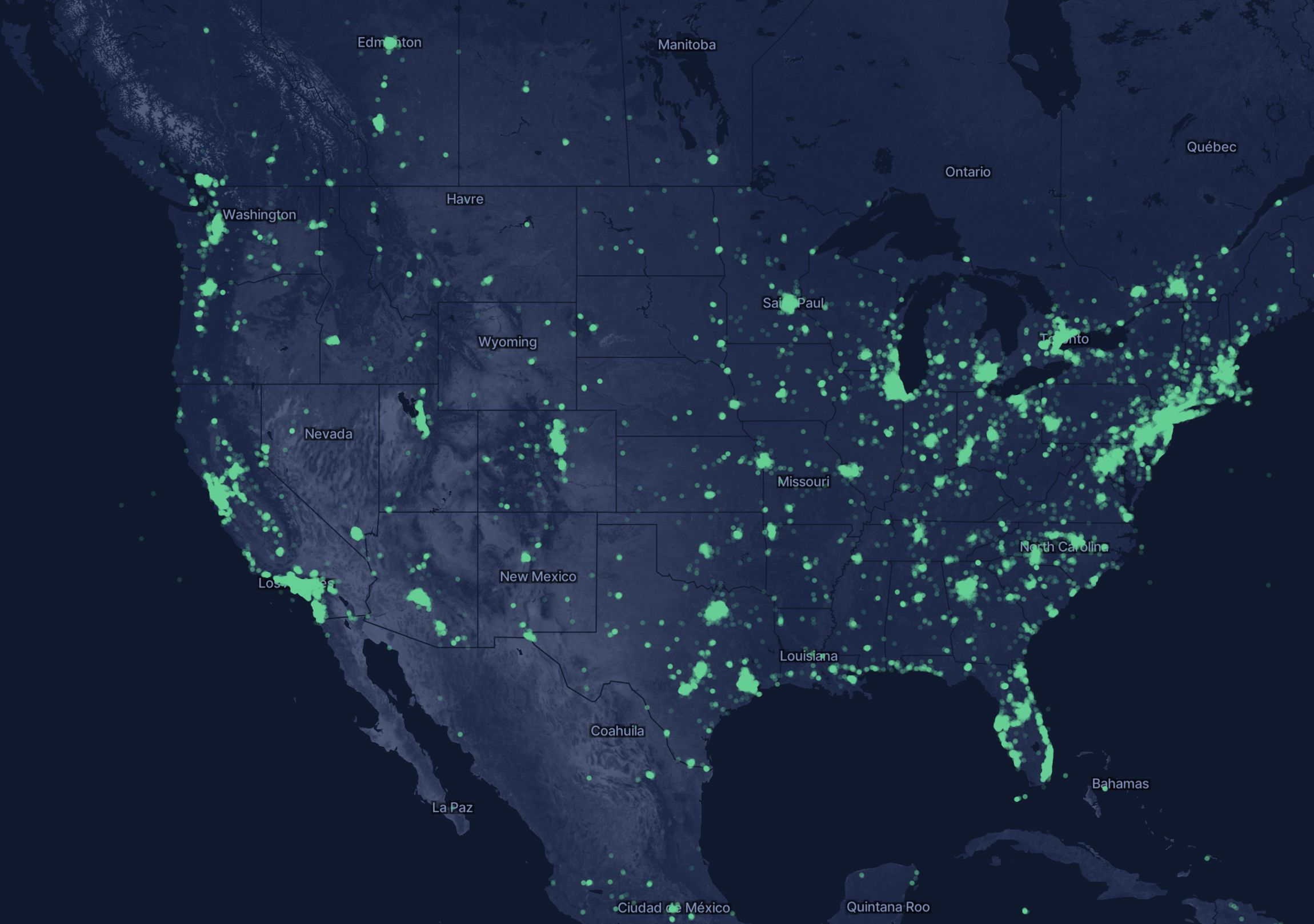
Centralized Network Oversight with Carrier Dashboard: The Carrier Dashboard provides airport IT teams with a real-time, unified view of all connected Helium Hotspots and offloading activity. This allows for proactive management of network health, device status, and data throughput across terminals.
-
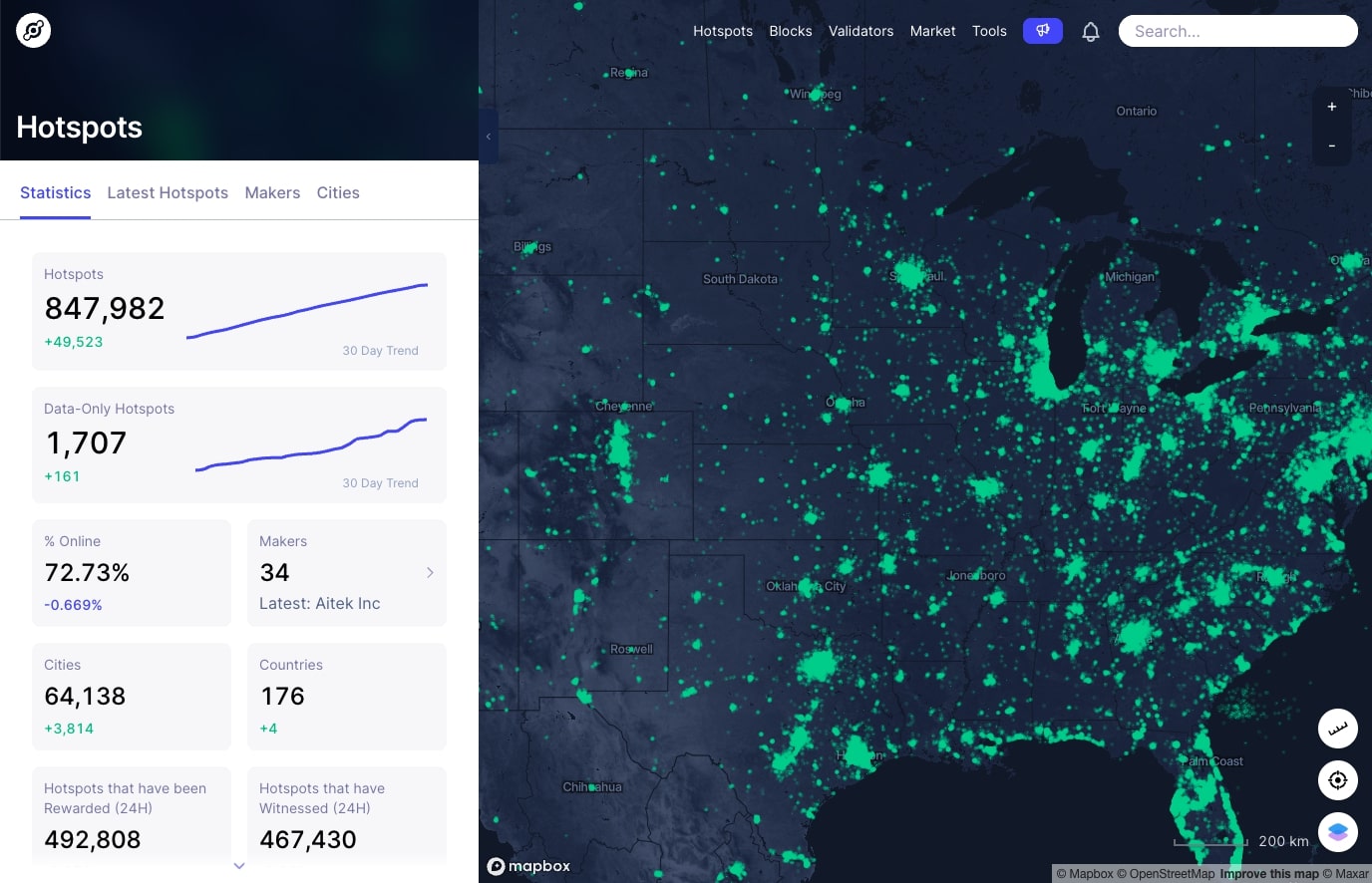
Actionable Insights via Coverage Quality Metrics: The Coverage Quality Metrics tool delivers detailed analytics on signal strength, coverage gaps, and user experience. IT teams can use these insights to optimize Hotspot placement and ensure seamless connectivity for travelers and staff.
-
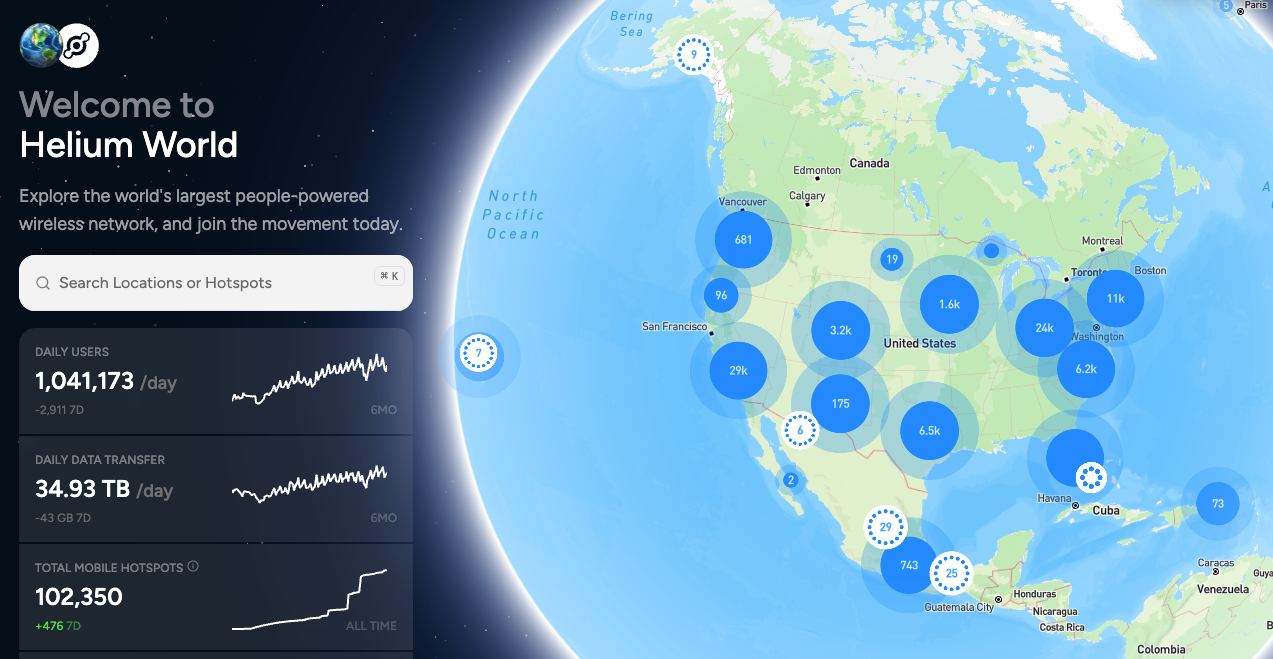
Efficient Data Offload Management with Offload Manager: The Offload Manager streamlines the process of tracking and managing carrier data offloading. Airports can monitor real-time offload volumes, identify peak usage times, and maximize revenue potential as carriers compensate for data handled by the Helium Network.
-

Seamless Integration with Major Carrier Partnerships: Through collaborations with leading telecoms like AT&T and Movistar, the Toolkit ensures that airport networks are compatible with millions of subscribers, expanding connectivity reach and reliability for all users.
-
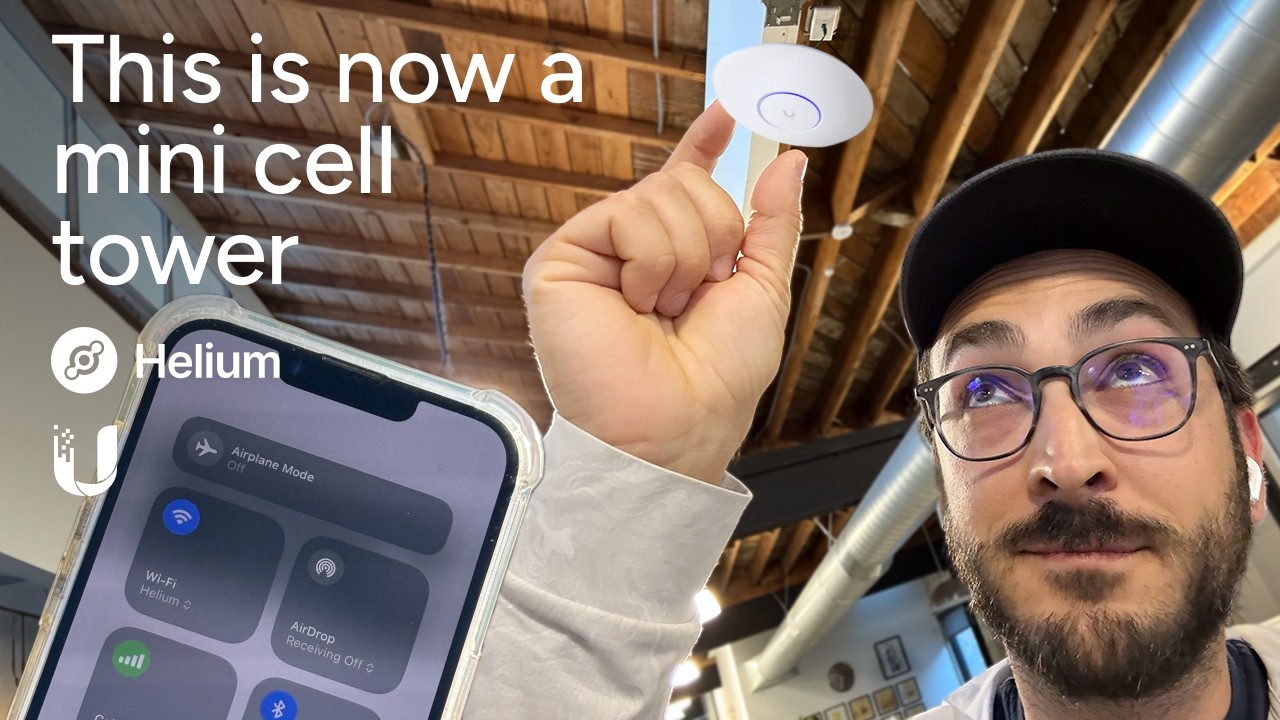
Easy Onboarding with Helium Plus: The Helium Plus service enables airports to join the network by upgrading existing Wi-Fi routers via software, eliminating the need for costly new hardware. This simplifies deployment and accelerates the path to enhanced connectivity and new revenue streams.
A Blueprint for the Future of Airport Wireless
Helium’s model doesn’t just disrupt legacy telecom economics – it invites airports to participate directly in the upside of digital transformation. By leveraging carrier offload WiFi and integrating with major mobile networks, airports can future-proof their infrastructure while delivering world-class experiences for millions of passengers annually.
The momentum is undeniable: as more airports join the network and competition among carriers intensifies, we can expect even greater incentives for early adopters. With Helium Foundation pledging $50 million to accelerate hotspot deployments nationwide, now is the time for airports to stake their claim (source).
“Opportunity favors the prepared. “
If you’re an airport operator or wireless provider looking to transform both your bottom line and passenger experience, decentralized wireless isn’t just an option, it’s your runway into the future of connectivity.
